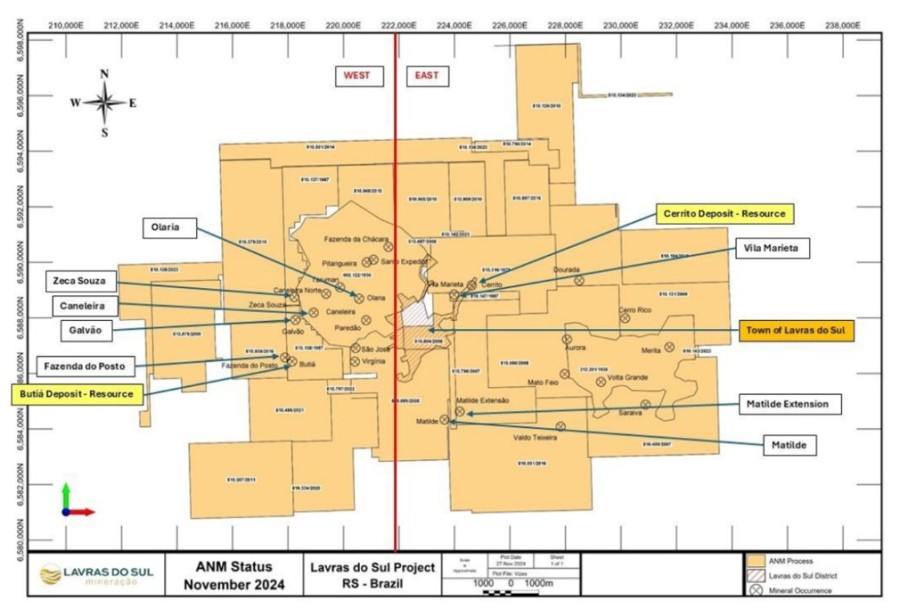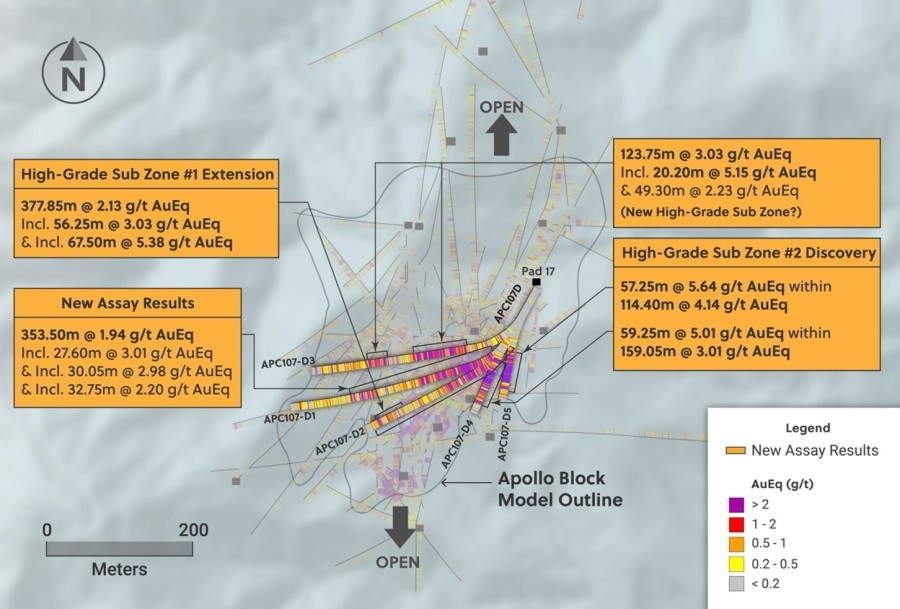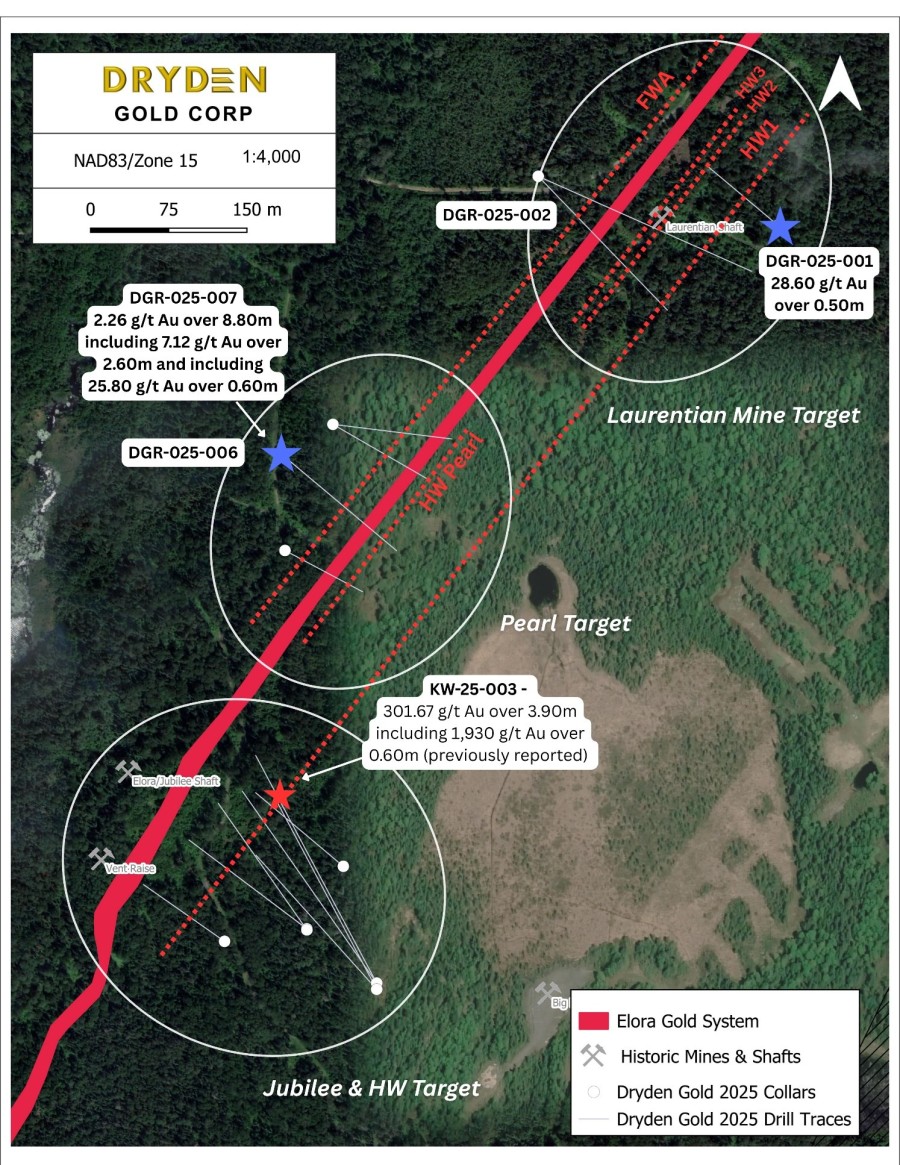Search Minerals Inc. (TSX.V: SMY) provides an update on the pilot plant program (the "Pilot Plant") which is being conducted by SGS Canada Inc. ("SGS") on bulk material from the Company's FOXTROT deposit in SE Labrador. The Pilot Plant is being funded through the Atlantic Canada Opportunities Agency ("ACOA") and the Research & Development Corporation of Newfoundland and Labrador ("RDC") for up to $1.25M of the $1.9M program cost. The Pilot Plant is using the patent-pending proprietary technology breakthrough developed by the Company (the "Search Direct Extraction Process"), which has eliminated grinding, flotation, and magnetic and gravity separation from the process flow-sheet. Eliminating these processes is expected to significantly reduce capital and operating costs for processing material to a mixed rare earth oxide concentrate product.
The Search Direct Extraction Process involves several steps but can be simply described in two phases. In the first phase, a finely crushed material is treated to produce a rare earth carbonate concentrate. In the second and final phase, the carbonate concentrate is re-dissolved and re-leached to produce a high quality mixed rare earth oxide concentrate product ready for shipping to a refinery.
Work to Demonstrate the Search Minerals Direct Extraction Process
All bench testing of the bulk sample has now been completed providing additional insight into each of the steps involved in each phase of the overall extraction process. More specifically, Search has been able to demonstrate the ability to remove/reduce the already small amounts of uranium and zinc in the rare earth material to levels acceptable to refineries. The bench scale testing also confirmed that sulfuric acid can be used in place of hydrochloric acid in the second phase treatment of the mixed rare earth carbonate. This simplifies operations and further reduces extraction costs as sulfuric acid is less expensive than hydrochloric acid.
All these insights were carried forward and incorporated into the final Pilot Plant design with a view to maximizing the overall recovery of rare earths from the FOXTROT material. We are pleased to report that the additional work at bench scale has been successfully incorporated into the first 5 days of continuous operation of the first phase of the Pilot Plant. The 5-day continuous operation comprised the following steps:
- Acid and material mixing through a continuous pug mill (intensive mixing device)
- Acid and material heating through a pilot scale METSO Holoflite reactor
- Water leaching of the acid treated material
- Removal of iron, aluminum and other minor impurities through precipitation
- Filtration and washing of the leach residue and impurity precipitate (combined)
- Removal of small amounts of uranium from the leach solution using ion exchange
- Precipitation of a mixed rare earth carbonate using sodium carbonate addition
- Thickening, filtration and washing of the mixed rare earth carbonate precipitate
As noted earlier, the mixed rare earth carbonate precipitate is the feed to the second phase of the Search Direct Extraction Process. The Pilot Plant testing, including the second phase of the Direct Extraction Process, will continue in January, and is expected to be completed by the first week of February with formal reporting of final results to follow thereafter.
In anticipation of questions during the FOXTROT environmental assessment process, the Company has defined a program with SGS Minerals for testing and assessing the contents of the residues and barren solutions associated with the Direct Extraction Process. These tests will be conducted during Pilot Plant testing and directly after it concludes. By conducting these tests at this time Search and its stakeholders will have timely access to important decision making information as we work together to move the FOXTROT project forward in a safe, environmentally respectful manner.
About Search Minerals Inc.
Led by a proven management team and board of directors, Search is focused on finding and developing resources within the emerging Port Hope Simpson Critical Rare Earth Element (CREE) District of SE Labrador. The Company controls a belt 70 km long and 8 km wide including its 100% interest in the FOXTROT Project which is road accessible and at tidewater. Exploration efforts have advanced "Deepwater Fox" and "Fox Meadow" as significant new CREE prospects very similar and in close proximity to the FOXTROT discovery. While the Company has identified more than 20 other prospects in the District, its primary objective remains development of FOXTROT by confirming proprietary direct extraction metallurgy processing technology at the pilot plant level (in progress) and delineation of prospects that will ensure competitive-low cost production beyond the 14-year mine life contemplated in the preliminary economic assessment of FOXTROT completed in April 2016. The FOXTROT Project has a low capital cost to brig the initial project into production ($152 M), a short payback period, and is scalable due to Search's proprietary processing technology.
All material information on the Company may be found on its website at www.searchminerals.ca
Source: Search Minerals





